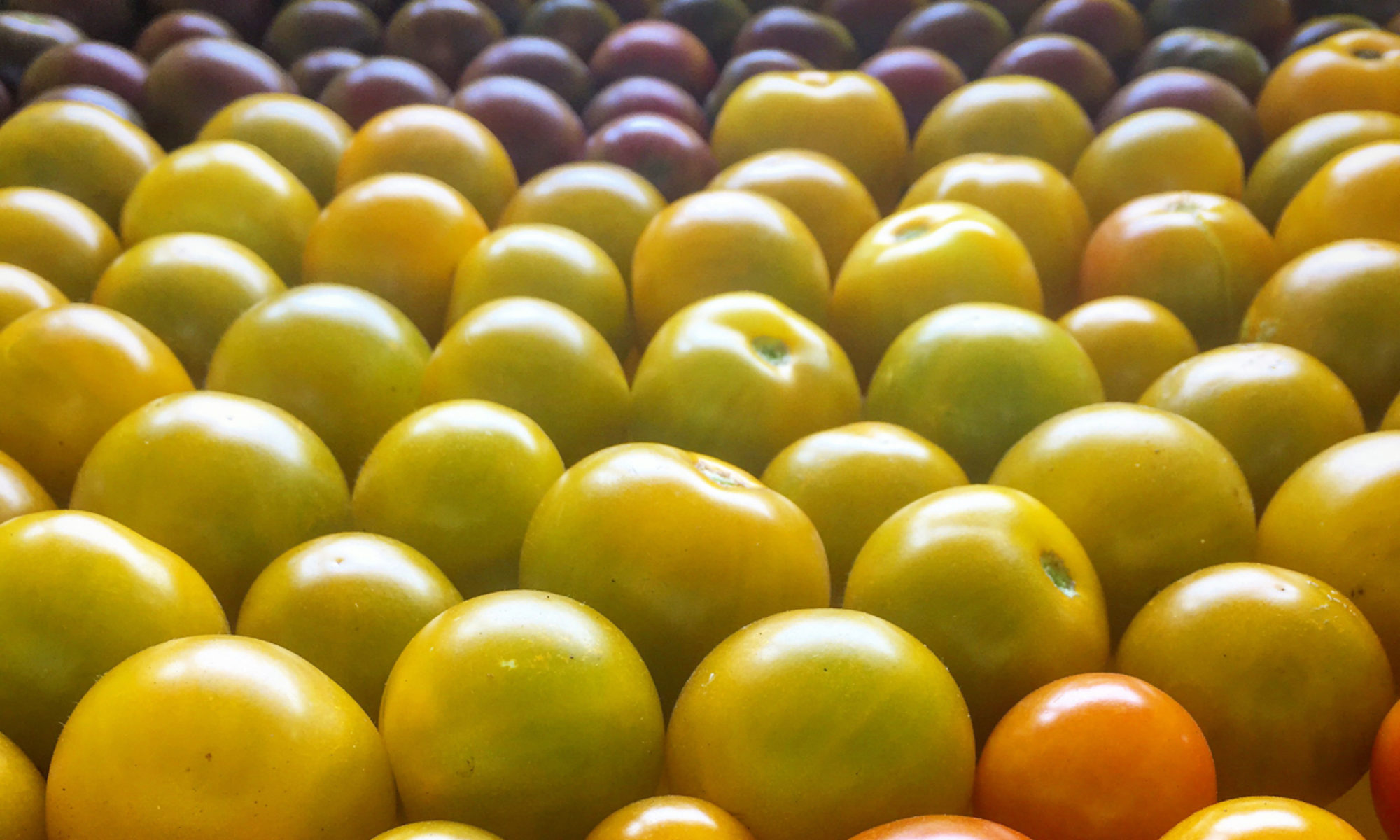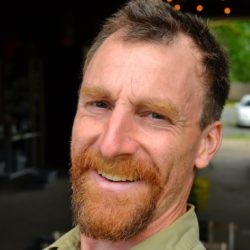
In January I somehow came across a Facebook post from Steve House, a well known Alpinist and Patagonia climbing ambassador.
I have to admit I was nervous about mentoring young, technically capable climbers and alpinists when I started in 2012. What could I teach them if they already know how to swing an axe, cross a glacier, and rig a rappel?
I learned that experience in the mountains is a way of seeing. A way of knowing. And gaining that experience is painstakingly slow UNLESS someone shares their intuition, their judgement with you.
A seasoned climber looks at a route, and sees solutions, options, obstacles, present dangers and so much more. The novice looks at the same mountain and sees the route itself, but maybe little more.
Perfect, and it came at a time when I was questioning my value as a consultant and a mentor.
January and February brought back to back to back events putting me on both sides of this equation. One of my long time mentors has been Michael Ableman, and in January he invited me to participate as one of the younger farmers in the second version of a meeting of Agrarian Elders. The initial event in 2014 was a discussion between elders of the organic farming movement, farmers who have been pushing the movement forward for forty or more years. At the second version roughly half the elders returned, bringing a younger farmer each, and I was fortunate enough to be one of those who had the opportunity to literally sit at the feet of the elders and listen for a week.
The following week I returned to Portland and was invited to talk to an introductory design class at Portland State University that a friend of mine was teaching. She promptly introduced me as one of her mentors and a leader in the local farming community, something I wasn’t expecting at all, but made sense in the context as I was at least 20 years older than everyone in that class, and a few years older than my friend, who I’ve known for more than a decade now. It was a surreal reversal.
The next week I headed down to Breitenbush Hot Springs for an annual retreat with farmer friends from around the Northwest. Spring training camp for farmers as Robelee Evans, farmer, baseball fanatic, and one of the organizers and instigators behind the event described it. I’ve been a part of that group for 13 years, one year shy of the start. Partially because I was one of the youngest farmers when I started coming, and I didn’t start coming until the second year, I’ve always kind of though of myself as one of the younger, newer farmers in the bunch. This year I had the strong realization that my role there is changing, and I’m now a bit more solidly in the middle, with many farmers I look up to still there, but also many farmers who are relative novices.
I’m starting to embrace my status as a more seasoned farmer, but I still have many mentors with many more seasons under their belts and I listen intently to their intuitions and judgements and I try to understand them in the context of what I’m seeing and experiencing myself on the farm, and in my life.
I’ll try to make time to post a little more regularly this year, perhaps monthly, perhaps a bit more. I’m also working on setting up sites to offer a little more insight into the gatherings at Esalen and Breitenbush. The topics discussed there and resources shared are important and I think we all want to make them more accessible to the larger public.










